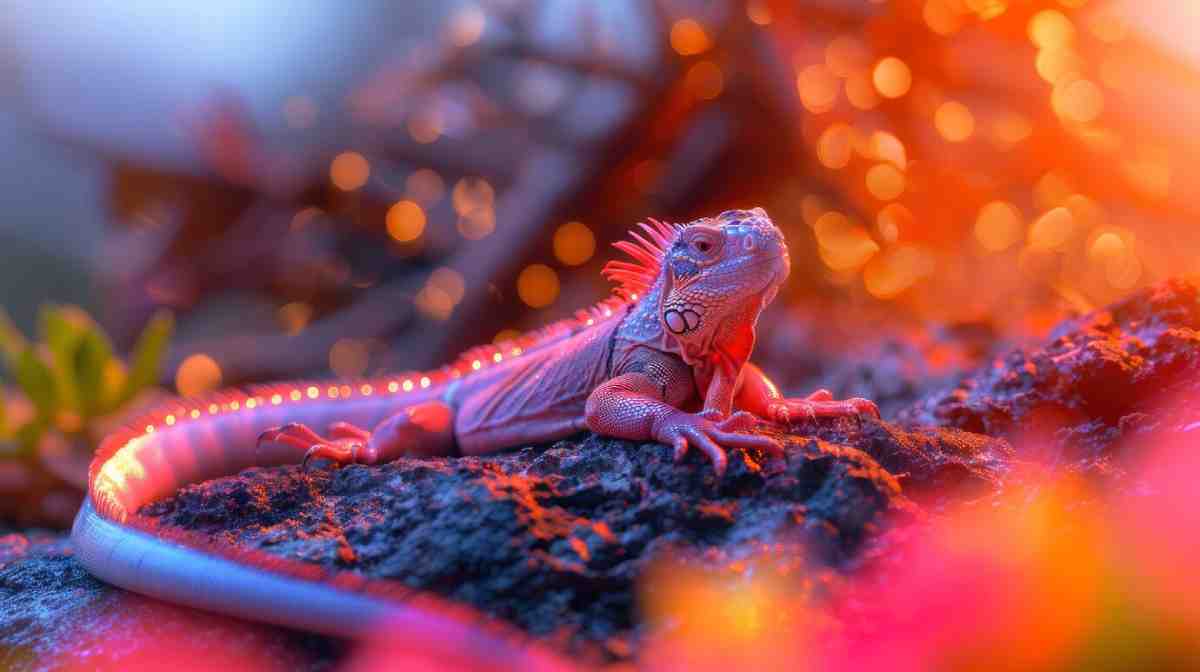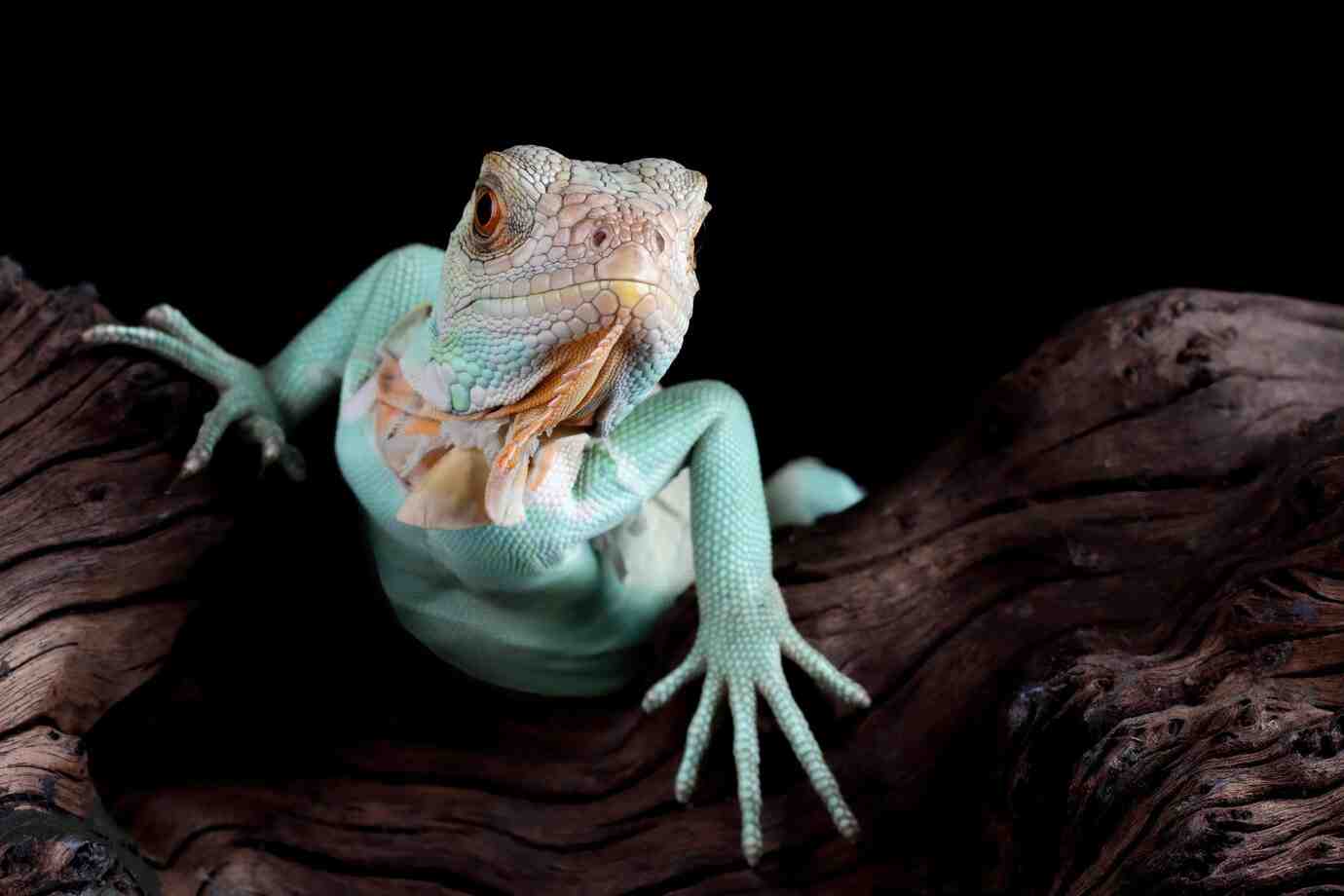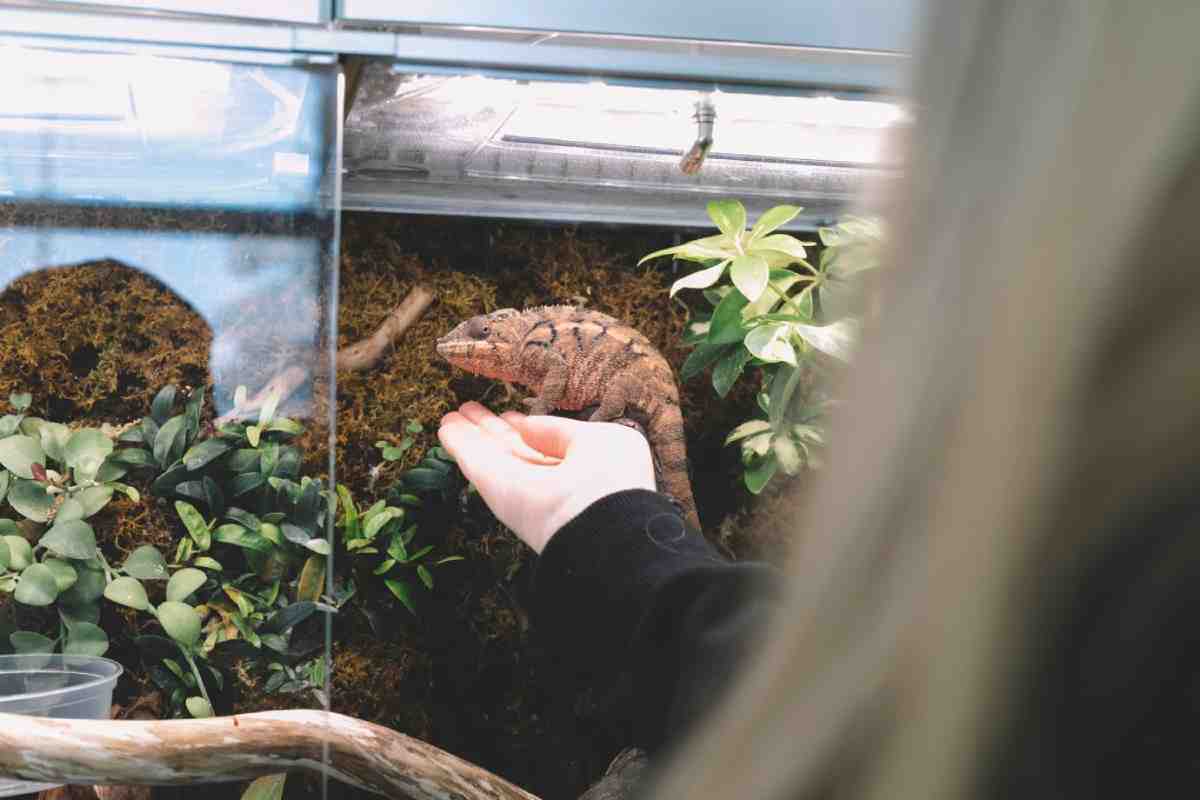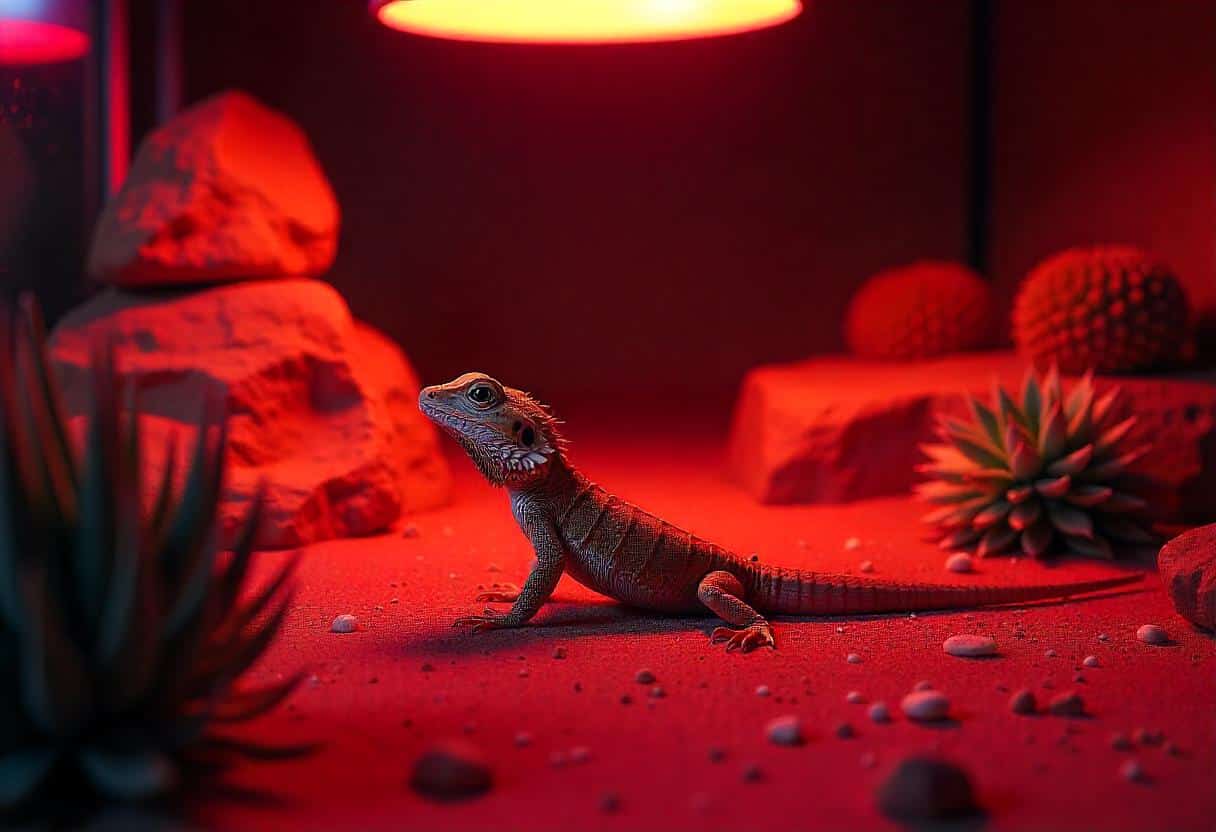
Creating Naturalistic Habitats for Exotic Reptiles
Your reptile’s enclosure is more than a box — it’s their entire world. Clean, basic tanks work well, but a lively setup has a special charm. A natural reptile habitat looks and feels like your pet’s wild home. It creates a space that is not only beautiful but also better for their health and happiness.
In this guide, you’ll learn to create a beautiful, functional, and safe terrarium for you and your reptile. No matter if you have geckos, snakes, frogs, or lizards, you can easily bring nature indoors. Just add one plant, rock, or branch at a time.
Why Create a Naturalistic Habitat?
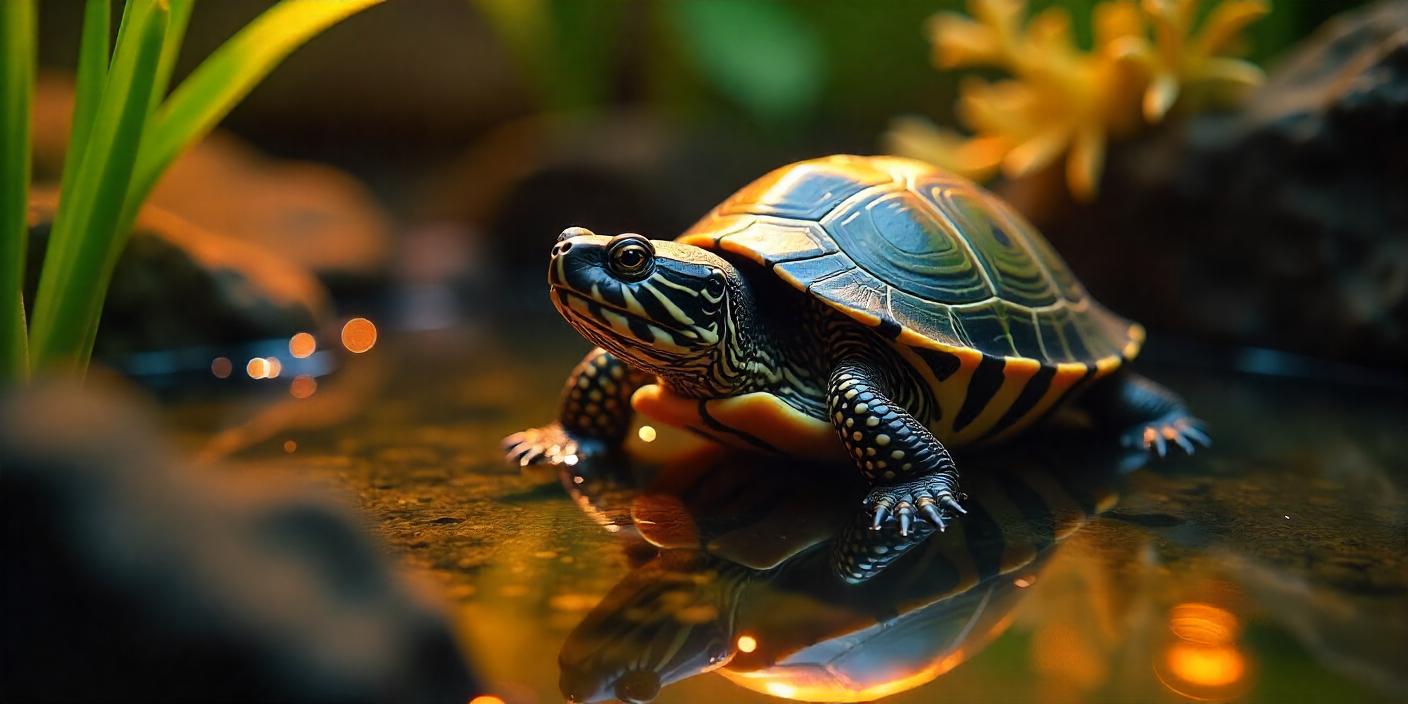
Naturalistic enclosures mimic the textures, sights, and climates of your reptile’s home. This type of setup helps your pet feel secure, stay active, and express natural behaviours.
Benefits of Natural Reptile Enclosures:
- Encourages natural behaviours like climbing, hiding, digging, and hunting
- Reduces stress and improves activity levels
- Helps regulate temperature and humidity
- Looks amazing and enhances any room
- Offers long-term enrichment without constant rearranging
Naturalistic doesn’t have to mean complicated — with a few thoughtful choices, you can build a setup that’s both easy to manage and great for your pet.
Start With Research: Know Your Reptile’s Habitat
Every species has unique needs. Before you begin building, research your reptile’s native environment.
Common Habitat Types:
| Environment | Examples | Key Features |
| Tropical Rainforest | Crested geckos, tree frogs, chameleons | High humidity, dense plants, vertical space |
| Desert | Bearded dragons, leopard geckos | Dry air, open layout, rocks and sand |
| Temperate Forest | Corn snakes, skinks | Mixed humidity, leaf litter, branches |
| Savannah | Uromastyx, tortoises | Low humidity, warm zones, open land with burrows |
Knowing where your reptile comes from helps you choose the right plants, substrate, lighting, and layout.
Building a Natural Reptile Enclosure
Choose the Right Enclosure
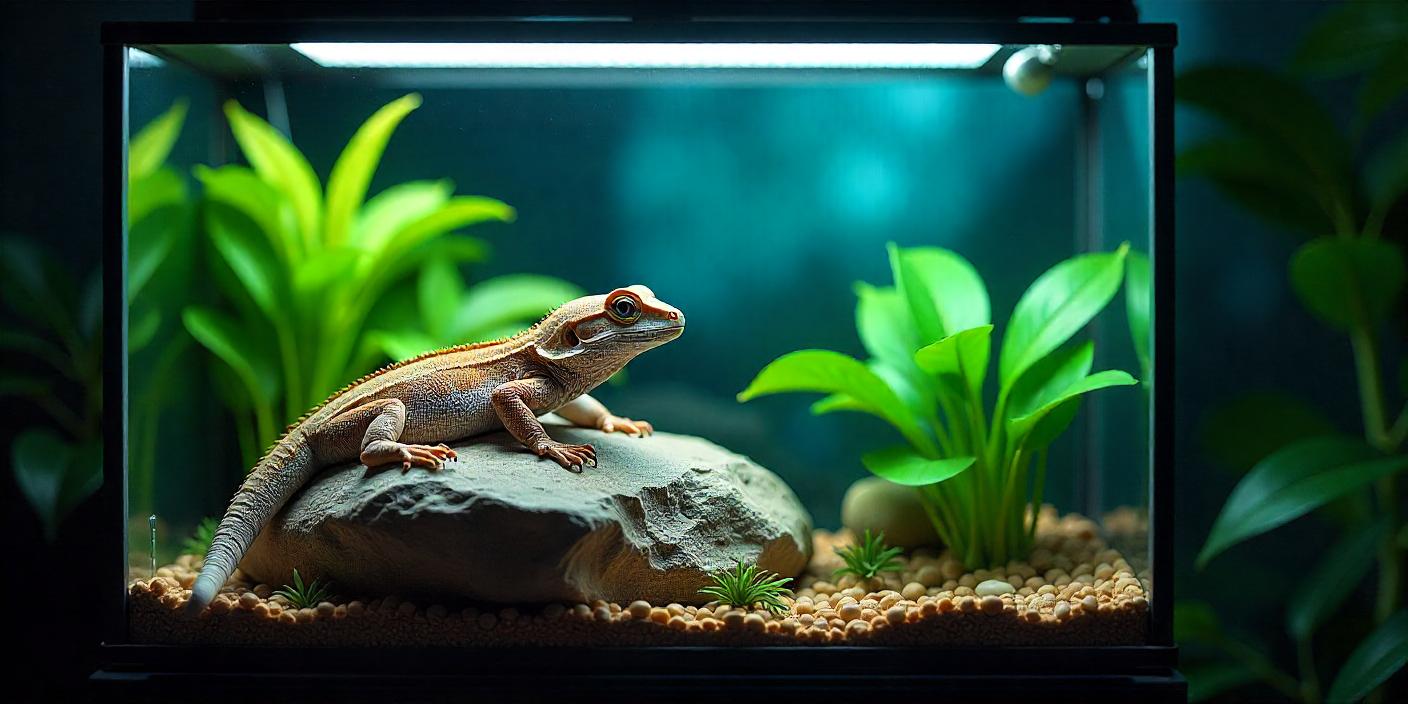
Naturalistic builds work best in tanks that hold heat and moisture well.
Best Enclosure Types:
- Glass Terrariums: Great visibility, ideal for tropical species
- PVC or Wood Tanks: Retain heat and humidity for desert or forest species
- Front-Opening Enclosures: Easier to landscape and clean
- Bioactive-Compatible Tanks: For advanced natural setups with live clean-up crews
Make sure your tank is large enough for movement and décor — especially for climbing or burrowing species.
Design the Layout
Before placing anything in the tank, sketch or visualise the design. Divide the space into:
- Hot and cool zones
- Dry and moist areas
- Vertical and horizontal layers
Think Like Nature: Use photos of your reptile’s native habitat for inspiration. Try to recreate hills, hiding spots, shade, and sun exposure.
Avoid symmetry — natural spaces are messy and uneven. That’s part of the charm.
Add Hardscape (Base Structure)
These are the non-living elements that form the foundation of your terrarium.
Materials to Use:
- Cork bark
- Driftwood (boil or bake to sterilise)
- Slate or flat rocks
- Clay hides or ceramic pots
- Reptile-safe foam backgrounds
- Natural branches (baked and cleaned)
Anchor large items first. Then build around them with smaller details.
Tip: Use silicone to secure items if needed — especially in arboreal setups where safety is key.
Add Substrate Layers
Your substrate should reflect your reptile’s natural ground cover. If you want a bioactive enclosure, layer your substrate to support plants and microfauna.
Simple Substrate Mixes:
- Tropical: Coconut fibre + orchid bark + sphagnum moss
- Forest: Topsoil + leaf litter + fine mulch
- Desert: Excavator clay + play sand (avoid calcium sand)
Bioactive Base Layers (optional):
- Drainage layer (LECA balls or gravel)
- Mesh barrier
- Substrate mix
- Leaf litter or moss top layer
A natural base helps with humidity and provides digging opportunities.
Lighting and Heating
Use lighting to mimic the day-night cycle and support plant and reptile health.
Lighting Setup:
- UVB bulbs: Essential for reptiles that need D3 for calcium absorption
- LED grow lights: For supporting live plants
- Basking bulbs: For desert or basking reptiles
- Timers: Automate light cycles (10–14 hours of light daily)
Temperature Zones:
- Create gradients with heating on one side
- Monitor with digital thermometers on both ends
- Add heat mats or ceramic emitters as needed
Add Live or Fake Plants
Plants make your enclosure feel alive and help maintain microclimates.
Live Plants for Terrariums:
- Pothos (hardy and fast-growing)
- Snake plant
- Bromeliads
- Ficus
- Spider plant
- Calathea (for humidity)
Always check that the plant is non-toxic and safe for reptiles.
Fake Plants: Good for areas where real plants won’t grow or if your pet digs aggressively.
Mix both live and artificial plants for realism and easier maintenance.
Optional: Go Bioactive
A bioactive enclosure includes a live ecosystem with microfauna that clean waste and aerate the soil.
Clean-Up Crew Options:
- Springtails
- Isopods (dwarf white or powder orange)
- Earthworms (for large, deep tanks)
Bioactive setups need patience. However, they provide low maintenance and long-term health benefits for plants and pets.
Maintenance Tips for Natural Enclosures
- Mist daily or as needed for humidity
- Trim plants weekly if they grow fast
- Spot clean waste daily
- Replace leaf litter or moss monthly
- Check temperatures and lights weekly
- Deep clean only if there’s mould or pests
Reptiles That Love Naturalistic Habitats
Not every species needs a planted tank, but many thrive in a natural layout.
Best Candidates:
- Crested Geckos
- Gargoyle Geckos
- Green Tree Pythons
- Corn Snakes
- Leopard Geckos (with realistic rockscapes)
- Bearded Dragons (desert-style layouts)
- Tree Frogs
- Chameleons
Even simple enclosures can be made more natural with branches, rocks, and live moss.
Bring Nature Indoors
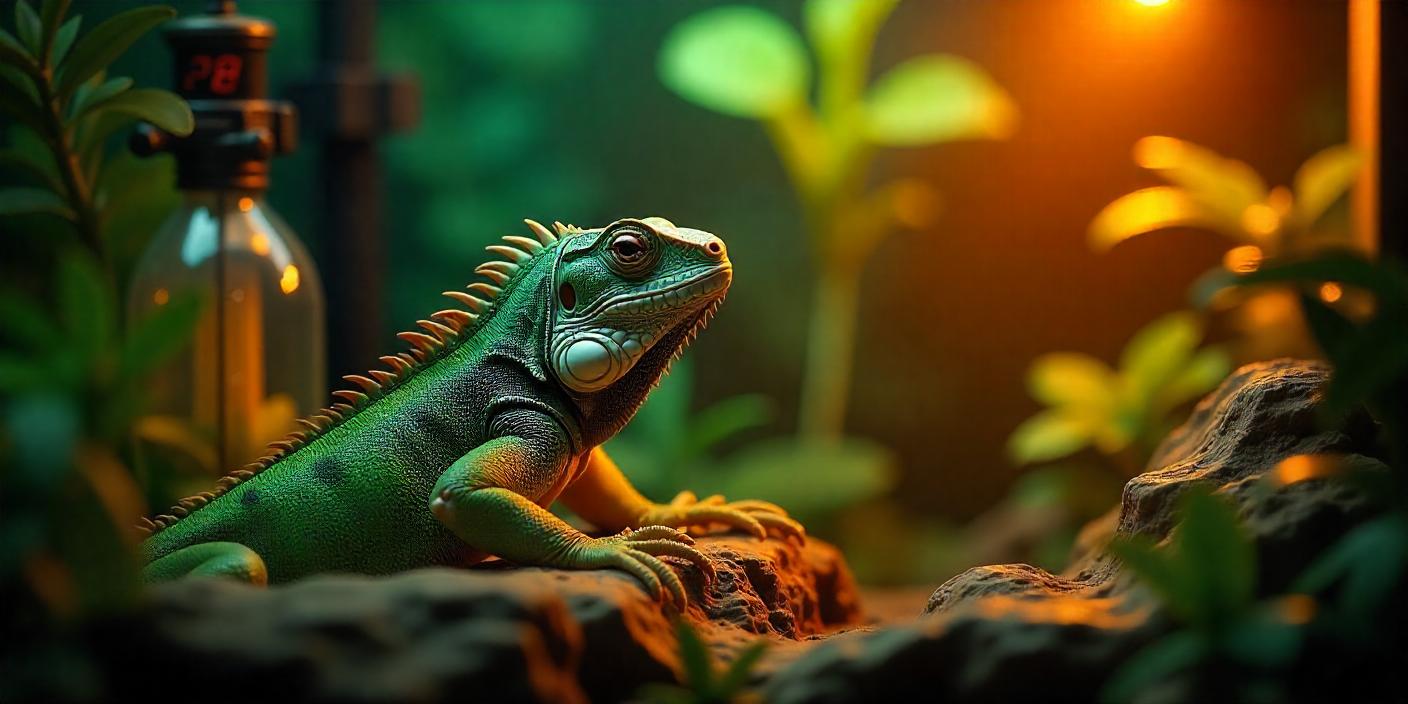
Creating a natural reptile habitat helps your pet and adds a touch of the wild to your home. With the right setup, your enclosure turns into a lively ecosystem. It showcases your reptile’s instincts, behaviour, and beauty.
Whether you’re designing your first realistic terrarium or upgrading to full natural reptile enclosures, focus on the essentials: structure, lighting, substrate, and plant life. Nature isn’t perfect, and your setup doesn’t have to be either — just safe, functional, and alive.
